There will be no newsletter next week. I am at GDC all week. Will be returning as usual on April 1st.
- the latest update adds support to run the D3D12 game on windows 7
- user mode d3d12 implementation without win10 kernel level optimizations
- no public information about the implementation details yet

- source code for the Ray Tracing Gems has been released
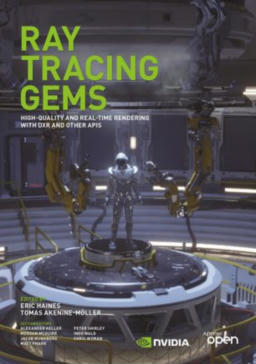
- follow up to the post discussed in issue 75
- presents a way to speed up the presented technique by 2.34x
- discussion of the rendering error using the Eric Heitz method discussed above
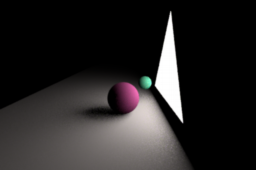
- pix for windows now supports High-Frequency Counters
- This allows that hardware counters are sampled multiple times per draw/dispatch and allows further insight into GPU activity
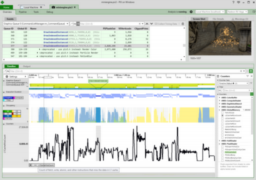
- a ray tracing system for Wolfenstein 3D using only WebGL 1
- a hybrid approach, raytraced shadows, diffuse GI and reflections
- overview of the implementation for the different elements
- how to apply temporal stability and noise reduction filters
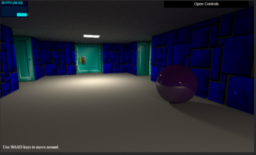
- explains the concepts of textures, mip-mapping, sampling
- shows the different filtering, addressing mode available on texture samplers
- describes how to use DirectXTex to load textures and upload them into GPU memory
- introduction into compute shaders and how to use them to generate mipmaps
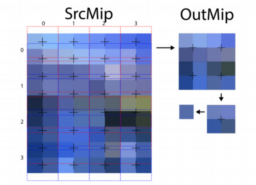
- a new low distortion mapping between squares and triangles that is also cheap to compute
- can be used for random sampling of points with a uniform density

- presents 3 optimizations that can be applied to BVH to increase performance
- usage of inverse ray direction, ray traversal early-out and surface area heuristic for construction of the BVH
- the comments contain a few more tips for increased performance
Thanks to Matt Pharr for support of this series.
You would like to see your name here too? Become a Patreon of this series.